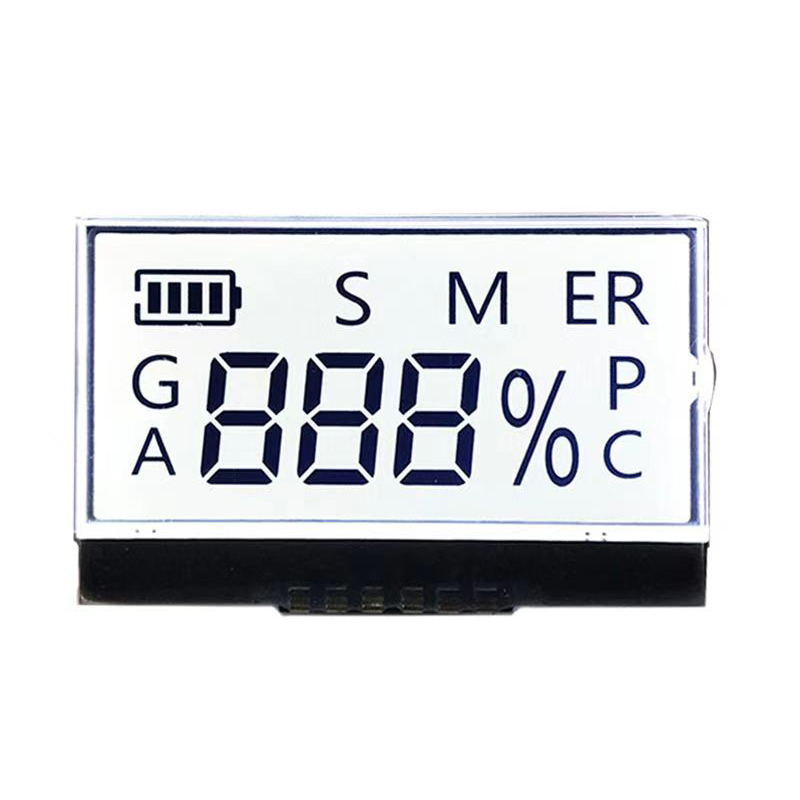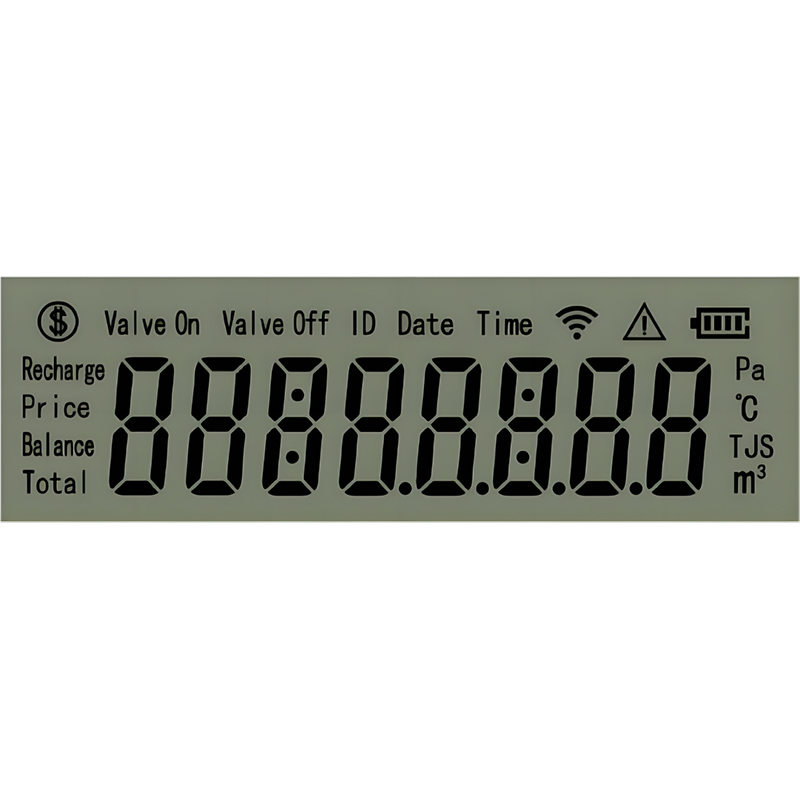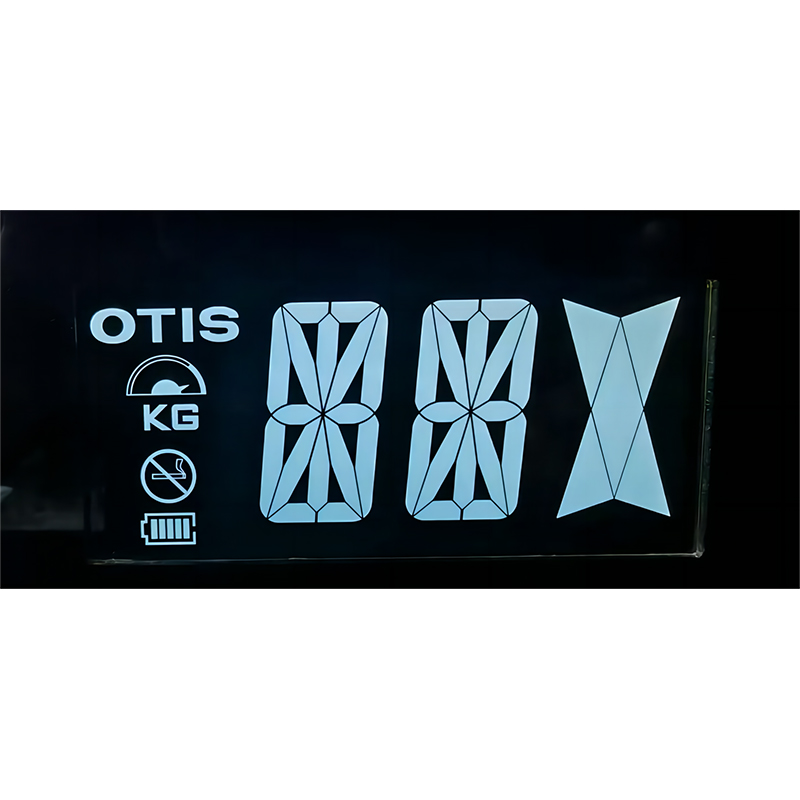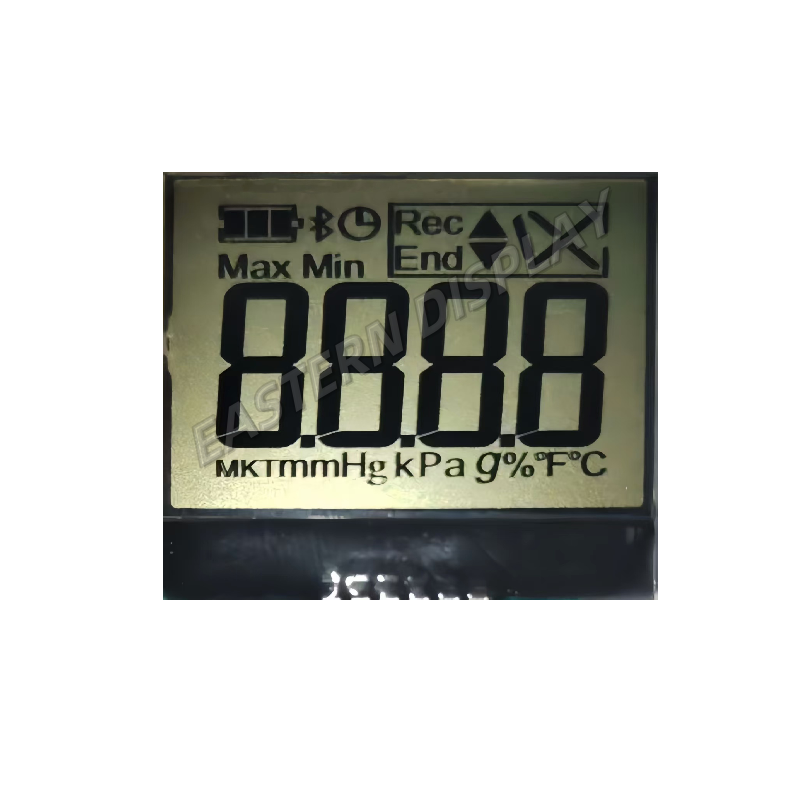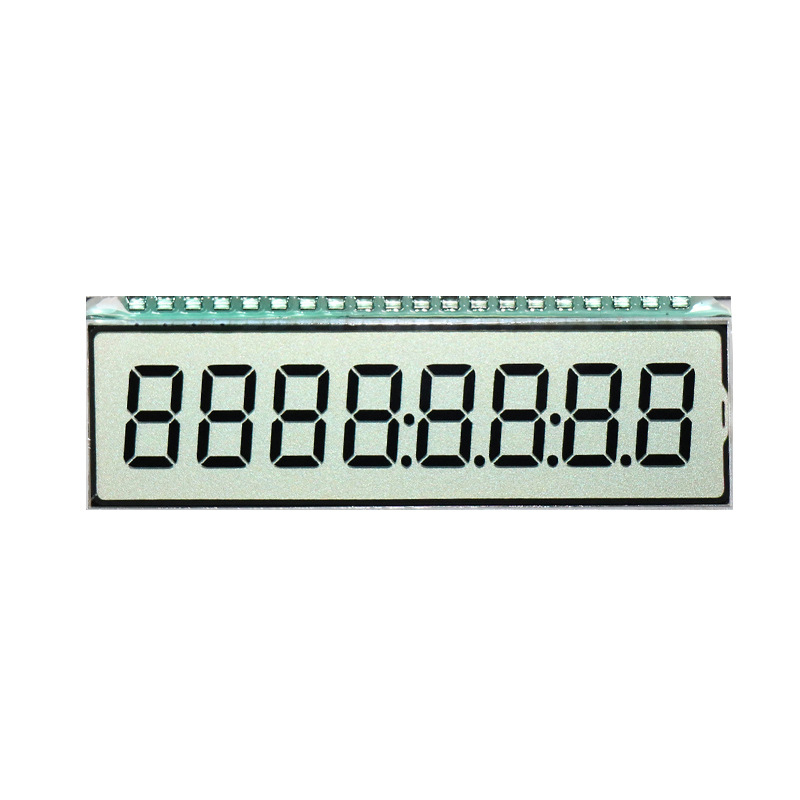
This comprehensive guide helps you navigate the world of LCD display testers, explaining their types, functionalities, and how to select the best one for your needs. We cover everything from basic functionality to advanced features, ensuring you make an informed decision. Learn about different testing methods, key features to consider, and troubleshooting tips.
An LCD display tester is a crucial tool for diagnosing and troubleshooting problems with liquid crystal displays (LCDs). These devices allow you to assess the functionality of your LCD screen, identifying issues like dead pixels, backlight problems, and connection failures. They are essential for technicians repairing screens, as well as for individuals wanting to test the quality of a new or used LCD panel before installation.
LCD display testers come in various forms, each designed for specific applications and budgets. Some are simple standalone devices, while others are integrated into more complex testing systems. Common types include:
Ensure the tester is compatible with the size of the LCD screens you intend to test. Larger screens require testers with appropriately sized connectors and output capabilities.
The tester's resolution and color depth should match or exceed the capabilities of the LCD panels you'll be working with. Higher resolution and color depth provide more accurate and detailed test results.
Consider the specific testing capabilities offered by the device. Look for features such as:
Check the available connectivity options (e.g., VGA, HDMI, DVI) to ensure compatibility with your LCD screens and other devices.
An intuitive and easy-to-use interface is crucial for efficient testing. Consider the layout, controls, and clarity of the results displayed.
The optimal LCD display tester depends heavily on your specific requirements and budget. If you're a hobbyist performing occasional tests, a basic model might suffice. However, professional technicians and those requiring detailed diagnostics will need a more advanced tester. Before purchasing, consider the size, resolution, and specific testing capabilities required for your application.
Understanding common LCD display problems can aid in diagnosing and troubleshooting effectively. Issues such as dead pixels, backlight failure, and screen flickering can often be identified and sometimes even resolved using an LCD display tester. Consulting online resources and manuals can provide valuable support.
Reputable electronics suppliers and online retailers offer a wide range of LCD display testers. Always research reviews before purchasing to ensure you select a high-quality, reliable product. Consider contacting manufacturers directly for specialized solutions.
For high-quality LCD panels and related products, consider exploring options from Dalian Eastern Display Co., Ltd. at https://www.ed-lcd.com/. They offer a wide variety of LCD screens for various applications.
Selecting the appropriate LCD display tester is vital for accurate diagnostics and efficient troubleshooting. By carefully considering the factors outlined in this guide, you can choose the best device to meet your specific needs and ensure the longevity and performance of your LCD screens.

